Saint Nicholas (Sinterklaas), Sinterklaas is a Dutch traditional feast and every year I create a Sinterklaas photo of my children.
Below an explanation about the Sinterklaas feast.
Sinterklaas is a legendary figure based on Saint Nicholas, patron saint of children. The feast of Sinterklaas celebrates the name day of Saint Nicholas on 6 December. The feast is celebrated annually with the giving of gifts on St. Nicholas’ Eve (5 December). Sinterklaas is based on the historical figure of Saint Nicholas, a Greek bishop of Myra in present-day Turkey. He is depicted as an elderly, stately and serious man with white hair and a long, full beard. He wears a long red cape or chasuble over a traditional white bishop’s alb and sometimes red stola, dons a red mitre and ruby ring, and holds a gold-coloured crosier, a long ceremonial shepherd’s staff with a fancy curled top. He traditionally rides a white horse. The horse is called Amerigo. Sinterklaas carries a big, red book in which is written whether each child has been good or naughty in the past year.
Sinterklaas is assisted by many mischievous helpers with black faces and colourful Moorish dresses. These companions are called Zwarte Piet (“Black Pete”).
Zwarte Piet’s colourful dress is based on 16th-century noble attire, with a ruff (lace collar) and a feathered cap. He is typically depicted carrying a bag which contains candy for the children. Traditionally, he would also carry a birch rod, a chimney sweep’s broom made of willow branches, used to spank children who had been naughty. Some of the older Sinterklaas songs make mention of naughty children being put in Zwarte Piet’s bag and being taken back to Spain. This part of the legend refers to the times that the Moors raided the European coasts, and as far as Iceland, to abduct the local people into slavery. This quality can be found in other companions of Saint Nicholas. In modern versions of the Sinterklaas feast, however, Zwarte Piet no longer carries the roe and children are no longer told that they will be taken back to Spain in Zwarte Piet’s bag if they have been naughty.
Over the years many stories have been added, and Zwarte Piet has developed from a rather unintelligent helper into a valuable assistant to the absent-minded saint. In modern adaptations for television, Sinterklaas has developed a Zwarte Piet for every function, such as a head Piet, a navigation Piet to navigate the steamboat from Spain to the Netherlands, a gift-wrapping Piet to wrap all the gifts, and an acrobatic Piet to climb roofs and chimneys.
Traditionally Zwarte Piet’s face is said to be black because he is a Moor from Spain. Today, some prefer to say that his face is blackened with sootbecause he has to climb through chimneys to deliver gifts for Sinterklaas.
More info: semversluis.com
Sinterklaas 2017
Sinterklaas 2016
Sinterklaas 2015
Sinterklaas 2014
401views
Share on Facebook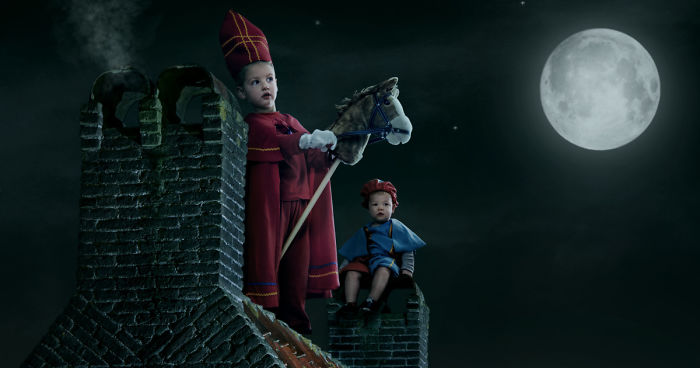
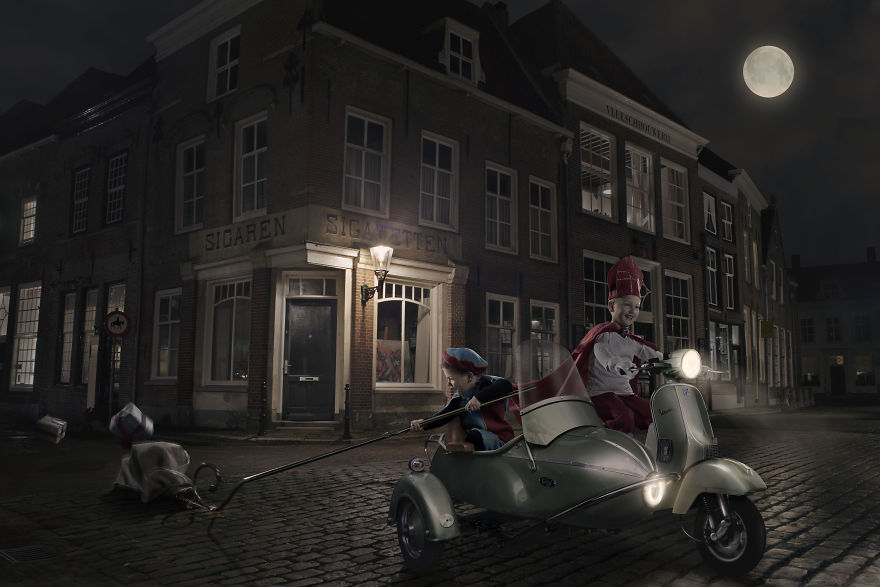
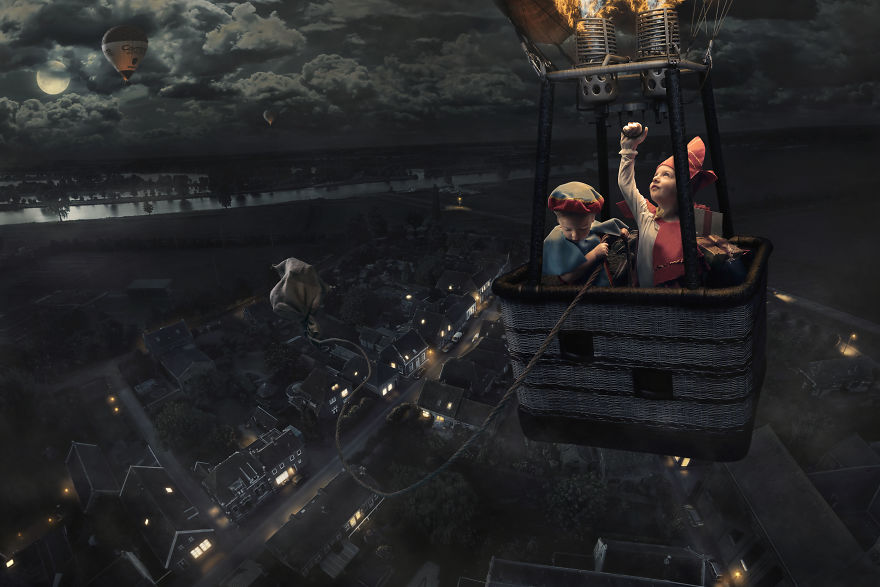
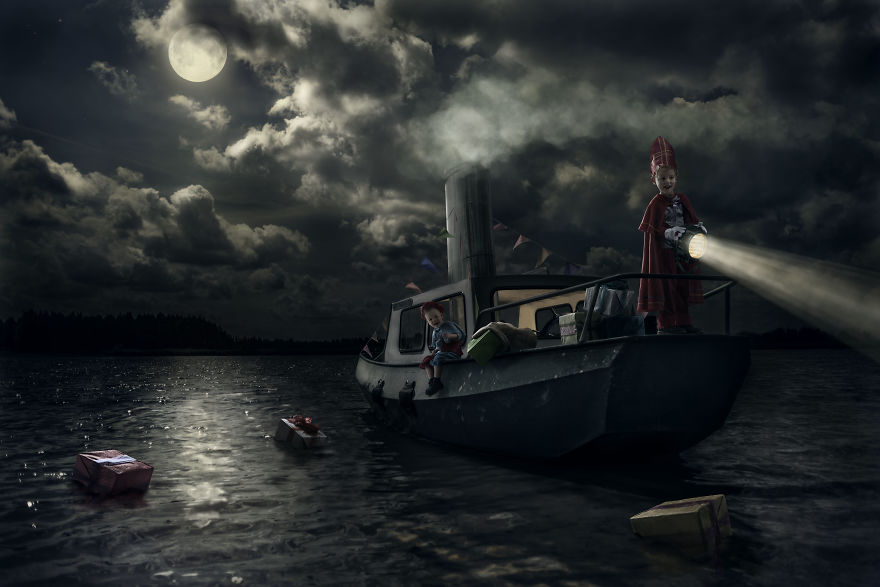
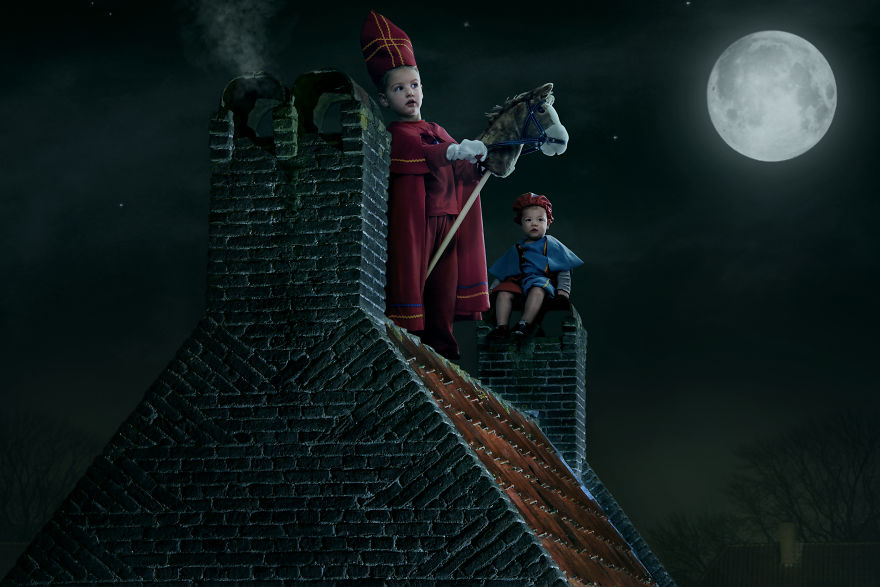



20
1